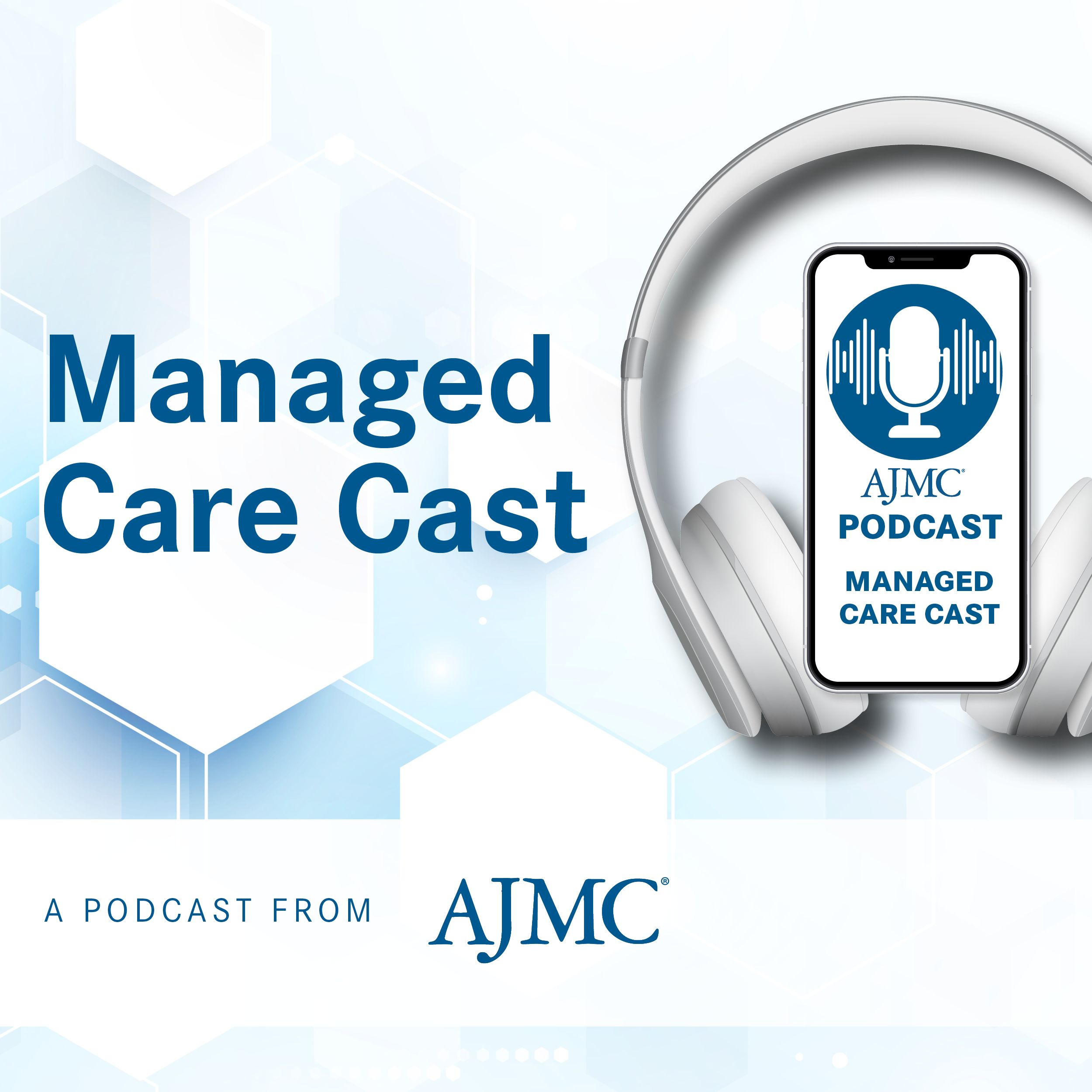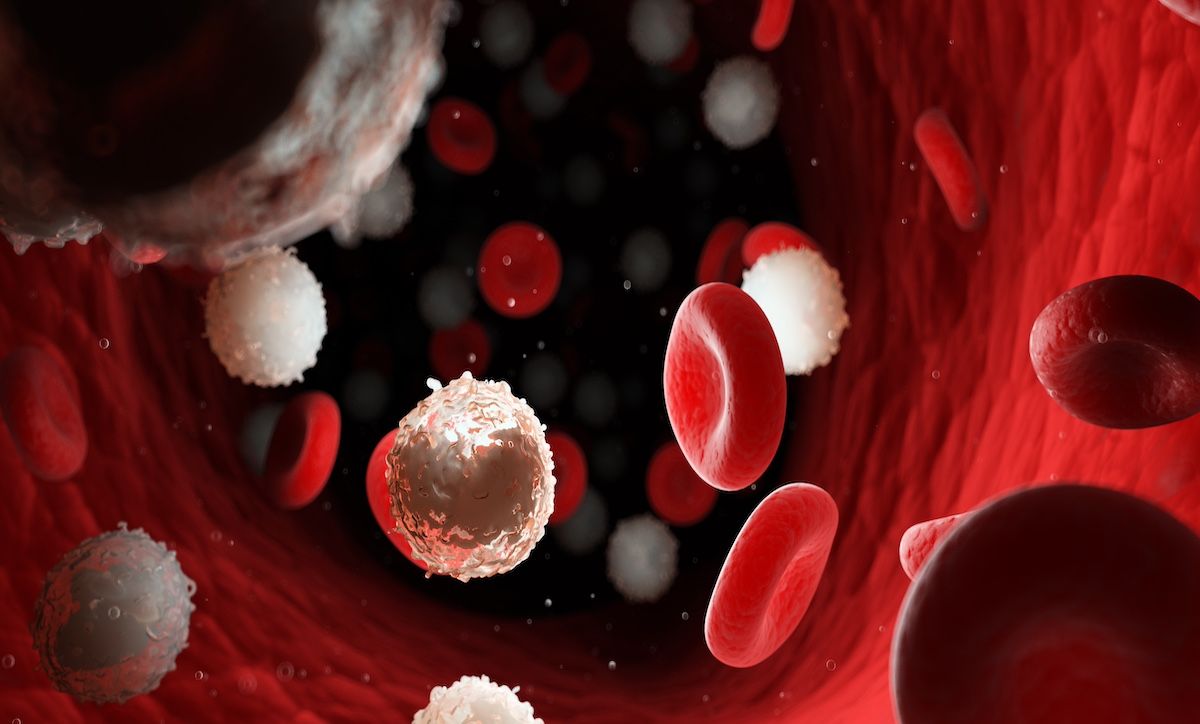Commentary
Article
Advancements in R/R Lymphoma: Bispecific Antibodies in Focus
Author(s):
In part 1 of our interview with Anna Sureda, MD, PhD, president of the European Group for Blood and Marrow Transplantation, she summarized the current treatment landscape for relapsed/refractory diffuse large B-cell lymphoma (R/R DLBCL) and follicular lymphoma (FL).
For our recent coverage of the European Hematology Association 2024 Congress, we spoke with Anna Sureda, MD, PhD, president of the European Group for Blood and Marrow Transplantation and head of the Clinical Hematology Department at the Catalan Institute of Oncology. At the meeting, she chaired the session, “"Pursuing New Heights in Lymphoma Care W/ Bispecific Antibodies," and presented, “Surveying the Diffuse Large B-Cell Lymphoma (LBCL) Landscape.
In part 1 of our interview, she summarized the current treatment landscape for relapsed/refractory diffuse large B-cell lymphoma (R/R DLBCL) and follicular lymphoma (FL). Here she continues that discussion, focusing on the use of bispecific antibodies.
Transcript
What role do bispecific antibodies play in the management of R/R DLBCL and R/R FL?
Basically nowadays, of course, one thing is what we see in prospective clinical trials. The other is what we can use in our real life. In the setting of relapsed/refractory diffuse large B-cell lymphoma, we have 2 different bispecifics, epcoritamab and glofitamab, that have been approved by regulatory agencies, by the FDA and the EMA [European Medicines Agency], for the treatment of patients that have failed at least 2 prior lines of therapy. So they are third line. And as I have said before, they are in the process of being reimbursed in some European countries.
In Europe, of course, regulations differ from one country to the other one. There are countries that have a quicker uptake, and they can use a given drug once it's being approved by EMA. As another example, in Spain, this process is a little bit slower, so we have to wait several months until we have the reimbursement of the drug, even if the drug has been approved by EMA. So in relapsed/refractory diffuse large B-cell lymphoma, at least nowadays, they are being considered third line in follicular lymphoma; the situation is pretty much the same.
We have bispecific monoclonal antibodies, which is mosunetuzumab that has been approved by FDA and by EMA, and it's also in the process of being reimbursed in different countries in Europe. It's basically indicated for those patients with relapsed/refractory disease that have failed at least 2 prior lines of therapy. So, that's the situation of biospecifics being approved outside prospective clinical trials nowadays.
What should clinicians consider when using bispecific antibodies to treat patients with R/R DLBCL or R/R FL?
As I have said, this is basically the space that has been left for bispecifics in both diffuse large B-cell lymphoma and in follicular lymphoma. For instance, I want to mention specifically diffuse large B-cell lymphoma, because here we have 2 different bispecifics that have been approved in this setting, and they have some differential characteristics that have to be taken into consideration and that physicians have to take into consideration when they decide to prescribe one or the other one to the patient.
On one side, we have glofitamab [glofi]. Glofitamab has a fixed duration of therapy. It's an IV [intravenous] formulation, and it has a step-up dosing process, which basically takes place during cycle 1 of the treatment with preadministration of obinutuzumab, which is an anti-CD19 monoclonal antibody that is being given 1 week before the first dose of glofitamab. This is step-up dosing, and this obinutuzumab is basically being used to reduce as much as possible the incidence and the degree of cytokine release syndrome [CRS], which is a most important side effect of glofitamab. Glofi is administered in an intravenous fashion.
On the other side, we have epcoritamab. Epcoritamab is being given until disease progression or toxicity. So it's a big difference with glofitamab. It's being given subcutaneously, as opposed to glofi, which is IV. In this sense, this may have more advantages because you use less resources in the outpatient unit, the patient has to stay less time in hospital. Also, epcoritamab has a step-up dosing process with premedication to try to avoid, in the same way that I have described for glofi, the incidence and the degree of CRS.
So, there are some considerations that need to be taken, that physicians need to take care when prescribing, for instance, one or the other, if they have the possibility to use both of them outside prospective clinical trials.
Newsletter
Stay ahead of policy, cost, and value—subscribe to AJMC for expert insights at the intersection of clinical care and health economics.





